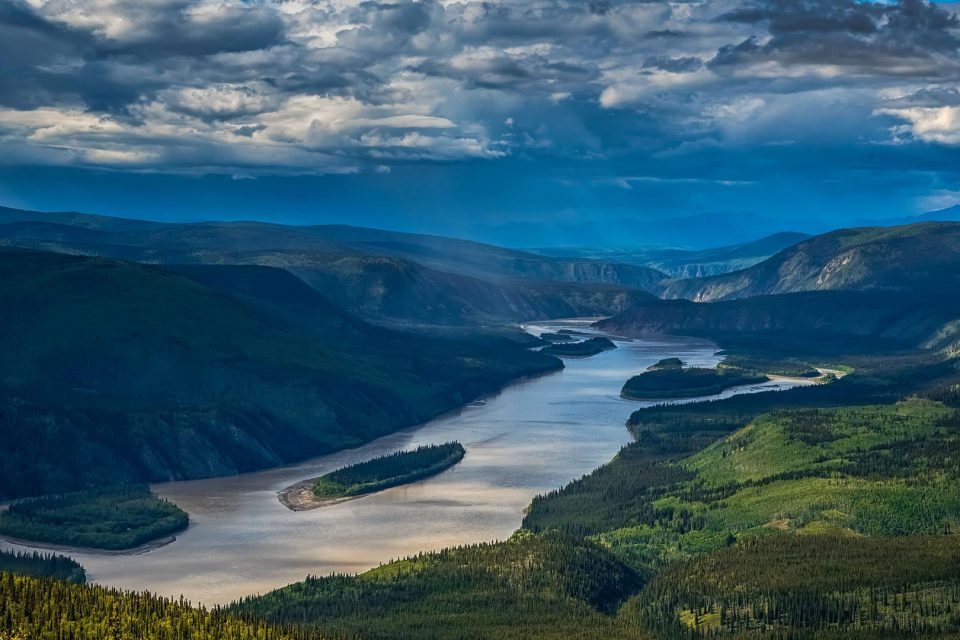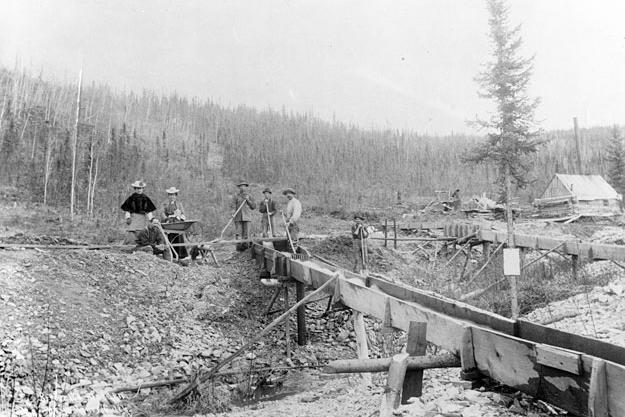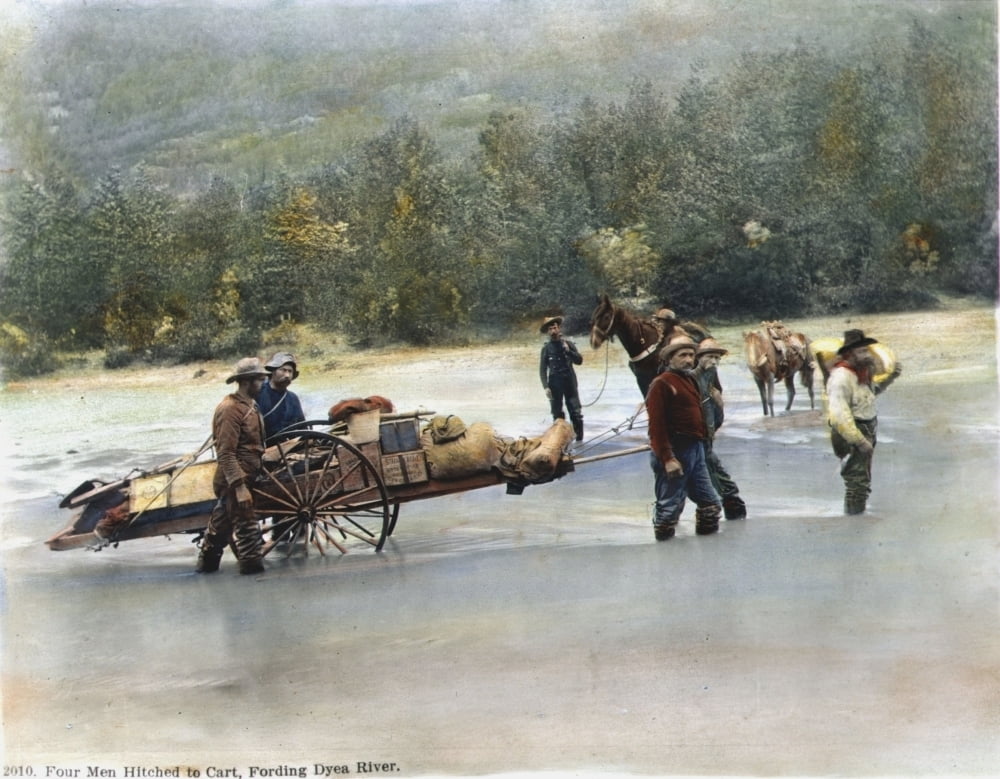

Eventually, the fluid will encounter different environmental conditions that cause it to deposit the gold and other elements it was carrying as a solid. These fluids seek weaknesses in the rocks, such as faults, as a pathway to flow along. Gold is included in very small amounts in some minerals, so if the fluid dissolves a mineral with a little bit of gold, the fluid will also contain a little bit of gold. As they flow upwards, they dissolve other minerals that they pass by and carry those dissolved chemical elements with them. These fluids flow upwards through the crust towards the surface of the Earth. It just means that the orogenic gold that has been found was found in metamorphic rocks.īut how does the gold get into the metamorphic rocks? During metamorphism, minerals get squeezed and heated to the point where they release really hot fluids. This does not mean that all metamorphic rocks have orogenic gold, or that every mountain-building event leads to gold deposits. Years of geologic research have shown that orogenic gold is usually hosted in metamorphic rocks. Mountain-building events generate large amounts of heat and pressure, so oftentimes metamorphism will accompany this process. Orogenic gold is gold that formed during a mountain-building event. The word “orogenic” refers to a mountain-building event. The gold in the Klondike is known as orogenic gold.

Klondike gold formed by one of these processes. Geologists have studied gold deposits for decades and know of different processes that form gold deposits. But what types of rocks usually host deposits of gold? And how does the gold get into these rocks? Nature is a mad scientist, and there is more than one answer to these questions. Another way of saying this is that gold is hosted inside of other rocks. Fast and cheap, this route attracted 90% of the Stampeders. Once over the passes it was a short journey down the Yukon River to Dawson City. They were the most used breaks in the Coast Mountains for hundreds of miles. As a result, the White and Chilkoot Passes had lower elevations and were passable year-round. The faults throughout the area allowed glaciers to carve more deeply here than elsewhere. Gold Rush stampeders used the Skagway area for the same reason rivers and glaciers did: it was a point of geologic weakness. Floated remaining 500 miles downriver to Dawson City. Red - "Trail of '98." Steamship trip up Inside Passage to Skagway, followed by approximately 40-mile hike over Chilkoot or White Passes to Bennett Lake, source of Yukon River. Impassable for eight months a year when river was frozen. Steamships sailed around Alaska and 2,200 miles up the Yukon River.

Dangers included crevasses, snow-blindness, starvation, and freezing due to lack of fuel for fires in the middle of the ice. Shortest routes to Klondike but led directly over glaciers. Skirted the Canadian Rockies through an interior rainforest, that was almost impassable. Sold as a wagon route over flat prairie, it led instead 1,500 miles through unimproved wilderness.


 0 kommentar(er)
0 kommentar(er)
